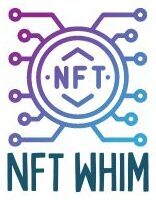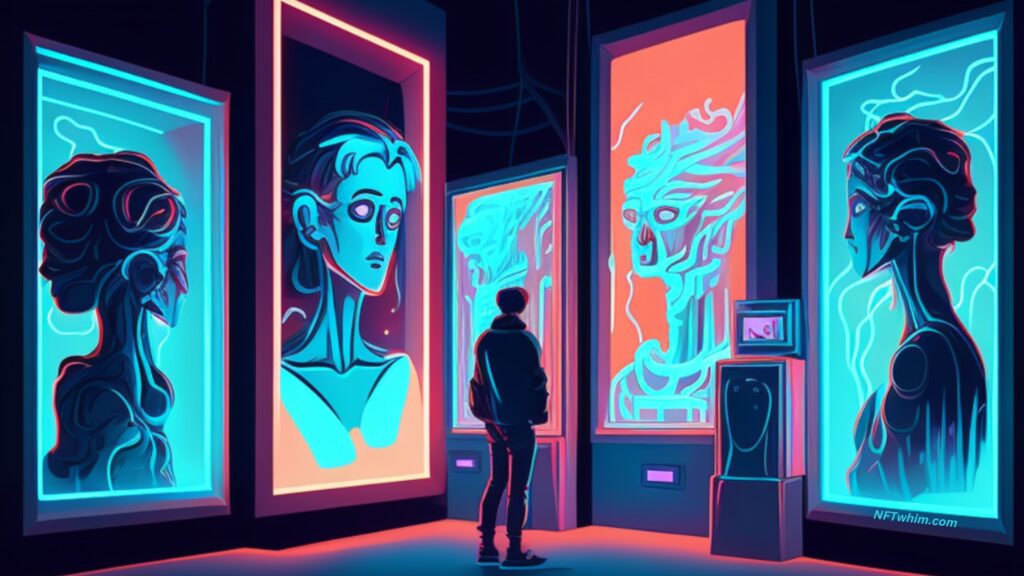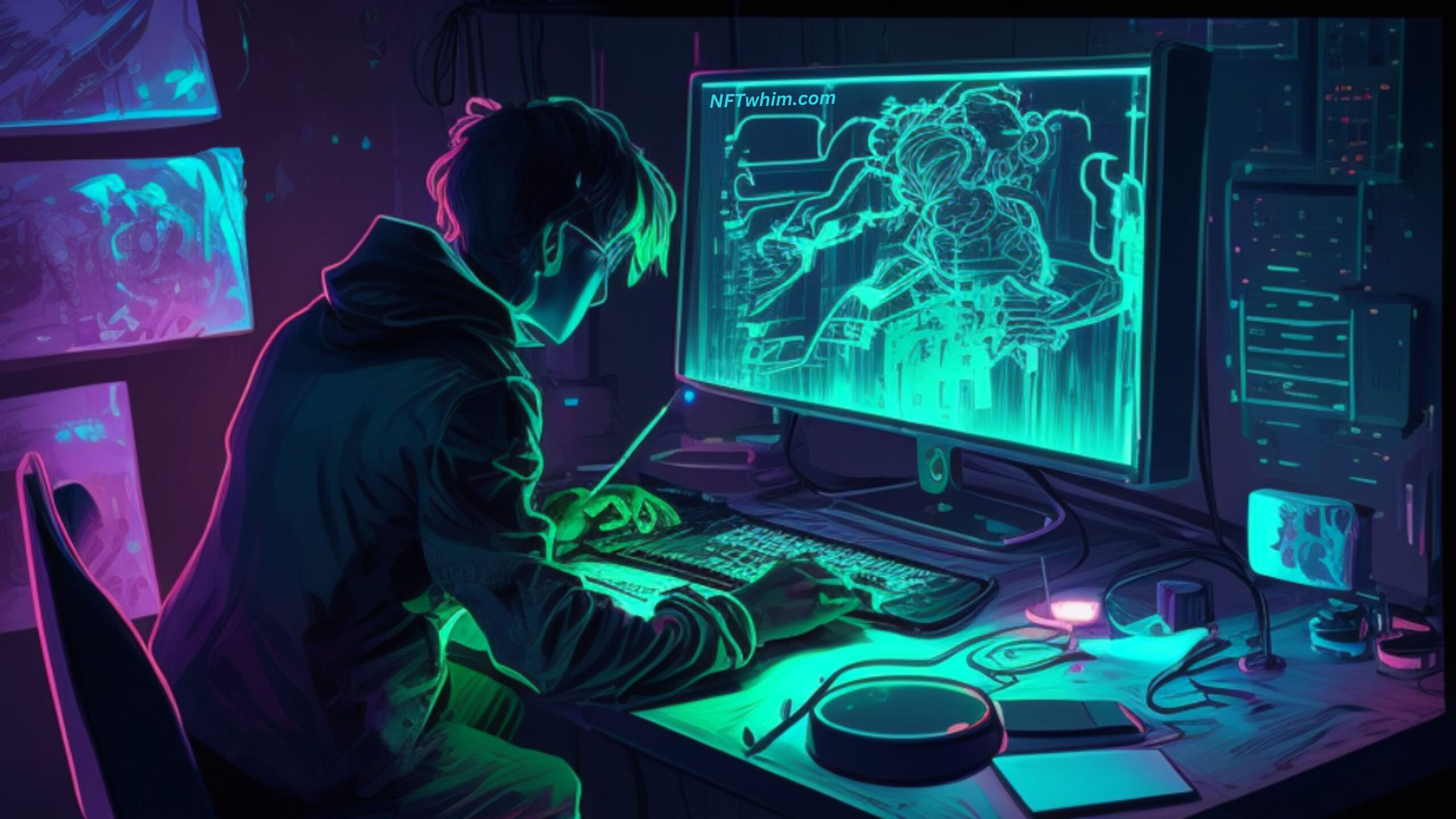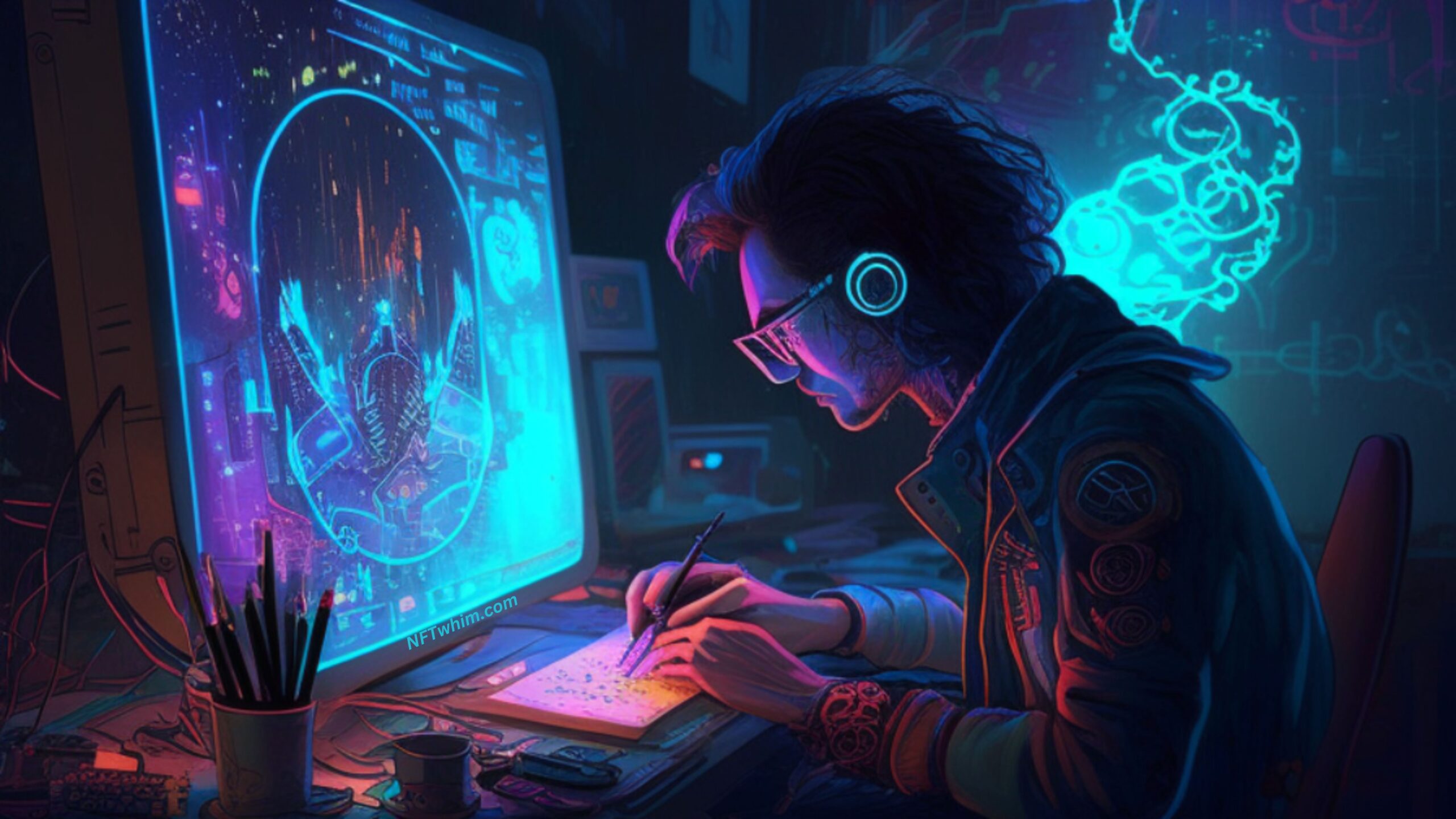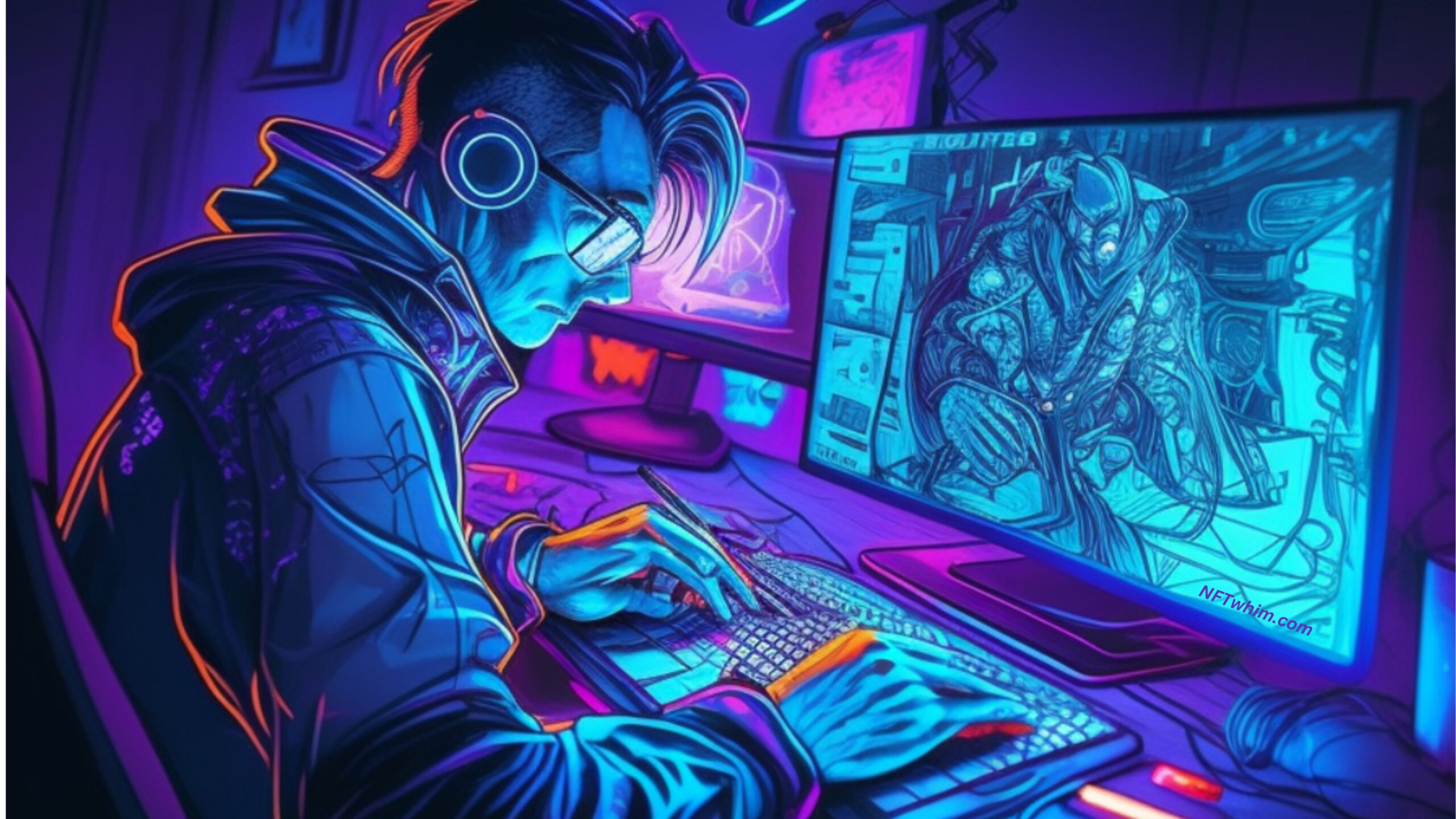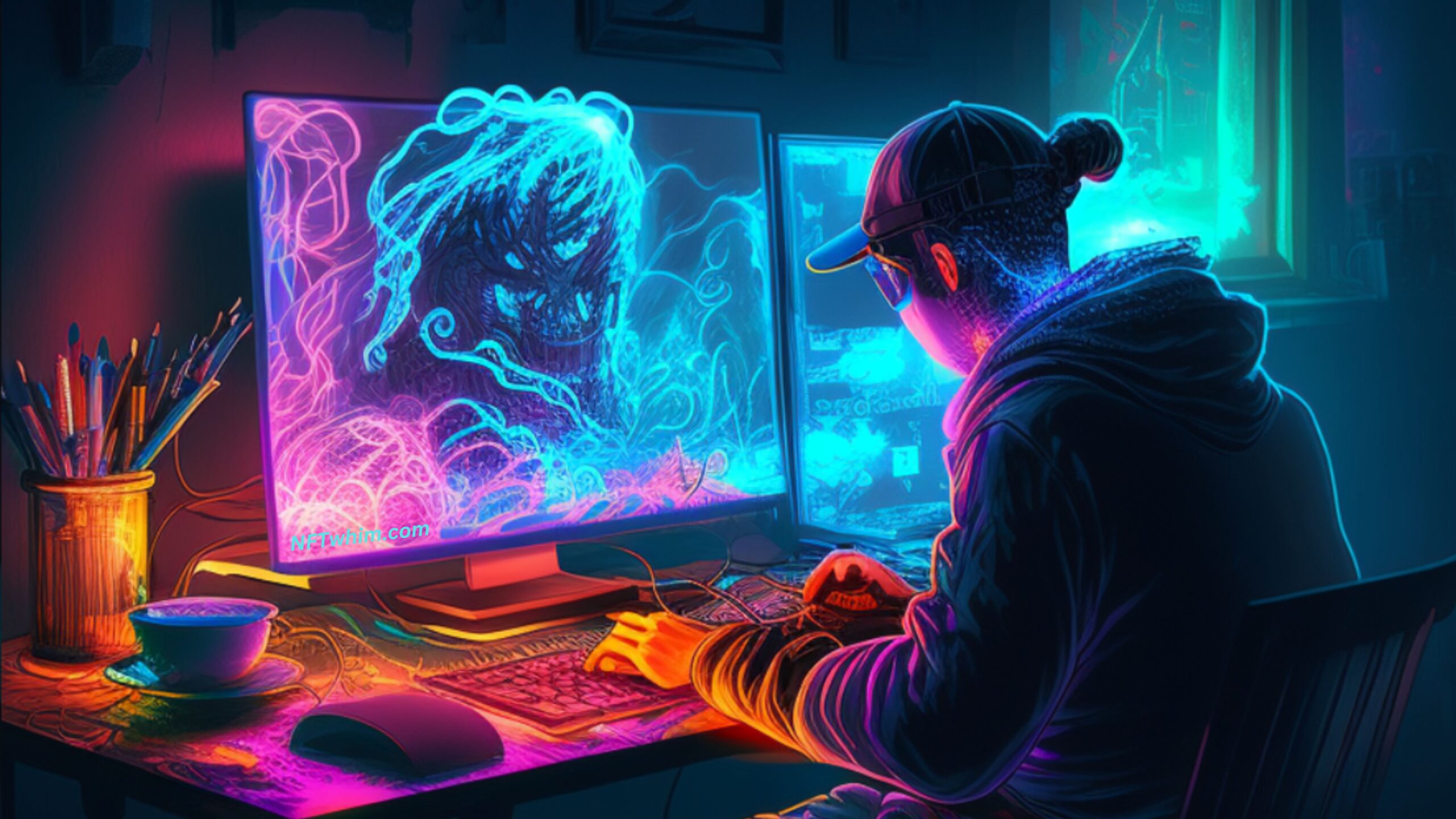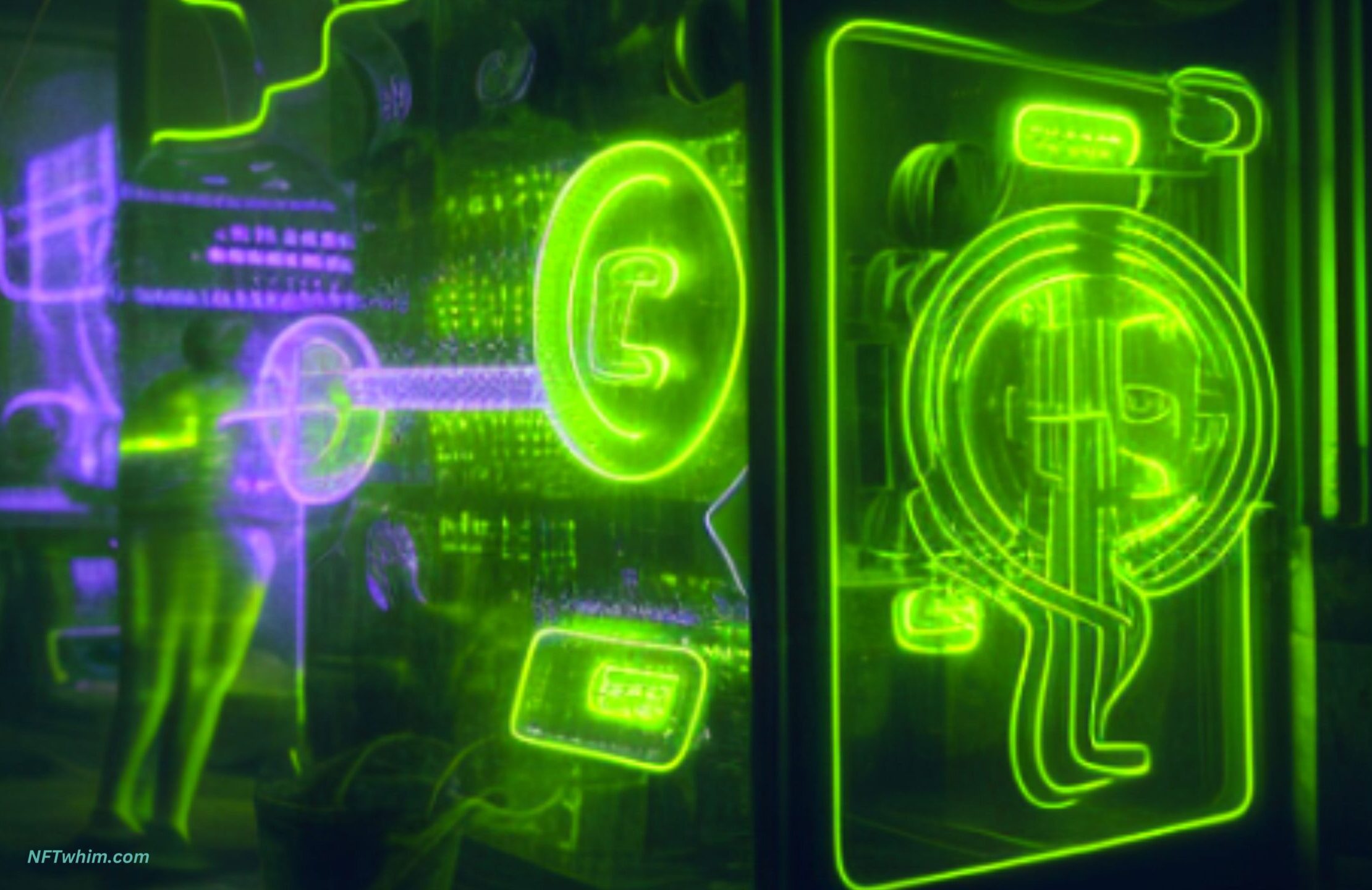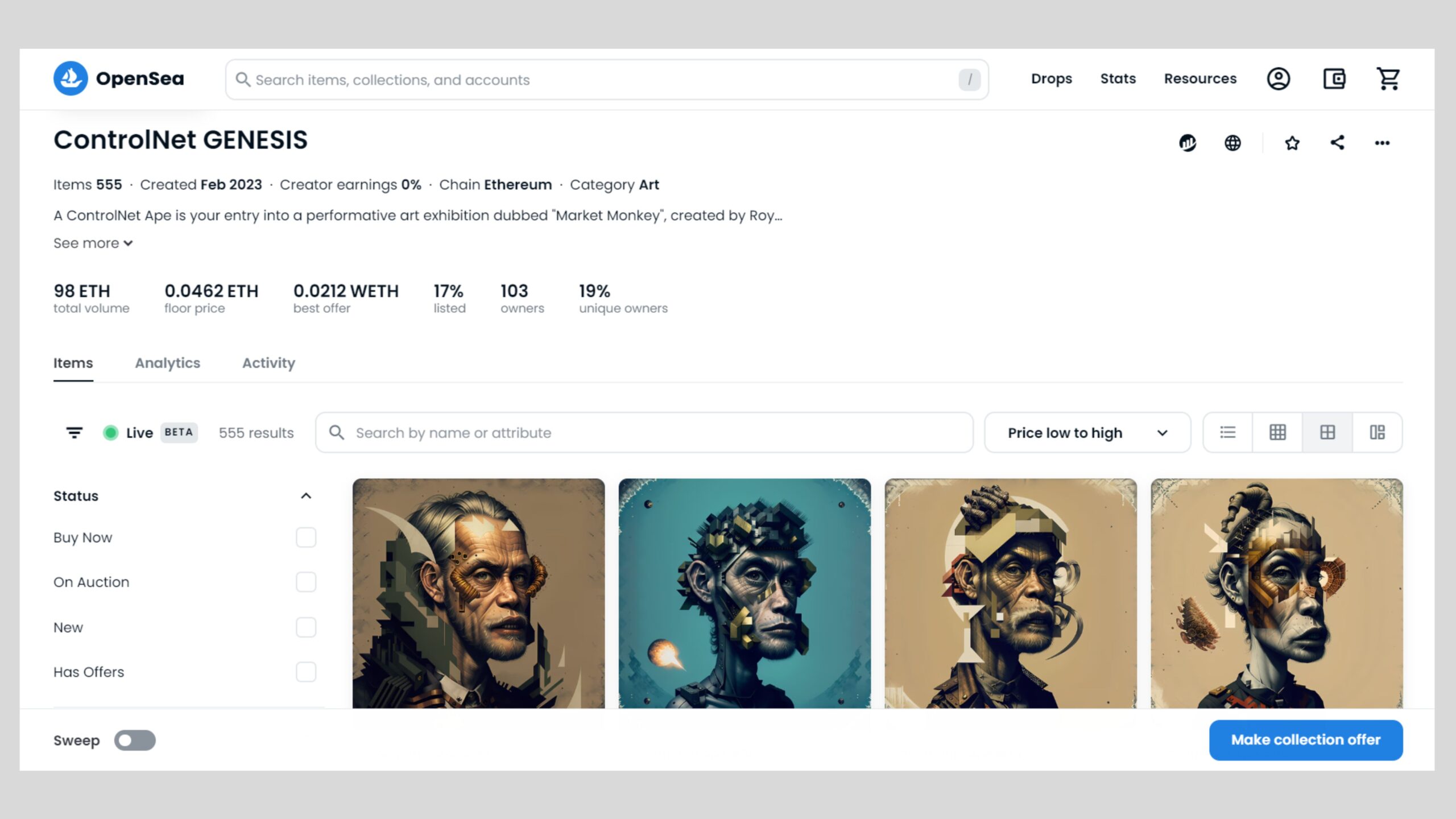NFTs, or non-fungible tokens, have been all the rage lately, with headlines popping up left and right about digital art selling for millions of dollars. But as the hype surrounding NFTs grows, so do the debates about their technical specifications, including the file format used to create them.
In this blog post, we’ll take a closer look at the question of whether NFTs should be JPEG or PNG, weighing the advantages and disadvantages of each format and considering the factors that go into making the decision.
What are NFTs and Why Should You Care?
Before we dive into the specifics of JPEG and PNG, let’s quickly recap what NFTs are and why they matter. NFTs are digital assets that are verified on a blockchain, giving them a unique and non-replicable identity. This allows for the creation and sale of digital art, music, and other media as one-of-a-kind items that can be owned and traded like physical assets. NFTs have the potential to revolutionize the way we think about ownership and value in the digital age, and as such, they have attracted a lot of attention from collectors, investors, and artists alike.
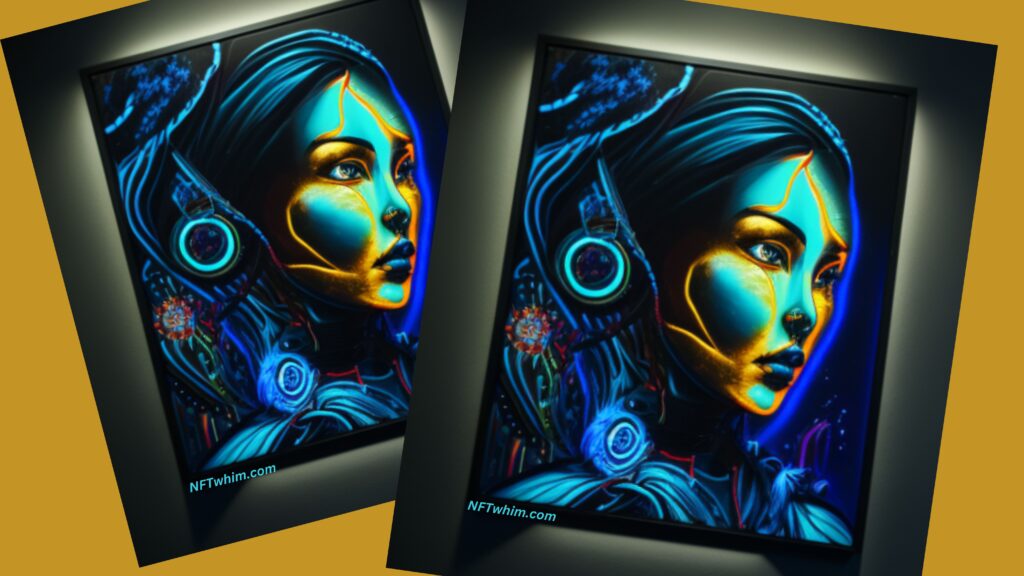
2 Common Image Formats: JPEG and PNG
Now, onto the question of file formats. JPEG and PNG are two of the most common file formats used in digital art and design, and both have their pros and cons.
JPEG, short for Joint Photographic Experts Group, is a compressed format that is ideal for photographs and other images with complex color gradients.
PNG, short for Portable Network Graphics, is a lossless format that supports transparency and is best for images with sharp lines and text.
When it comes to NFTs, the most commonly used format is PNG.
However, the choice between JPEG and PNG is not necessarily a clear-cut one. On the one hand, JPEG is the more widely used format for digital art and photography, and its smaller file size makes it easier to store and transfer. On the other hand, PNG’s support for transparency and sharp lines can be advantageous for certain types of digital art, and its lossless compression ensures that the image quality is not compromised.
To understand the advantages and disadvantages of each format in more detail, let’s take a closer look at each one.
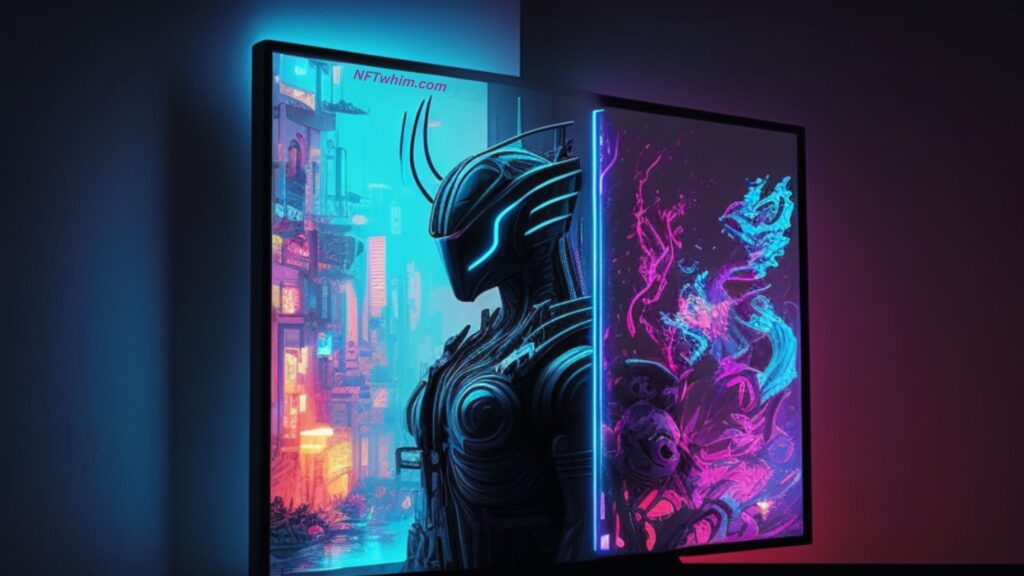
JPEG
JPEG is a compressed format that uses a “lossy” algorithm to reduce the size of the image file. This means that some of the image data is discarded in order to make the file smaller, which can result in a loss of quality. However, the degree of compression can be adjusted to balance file size and image quality, so it is possible to find a sweet spot that works for a particular image. JPEG is best suited for photographs and other images with complex color gradients, as its compression algorithm is optimized for this type of image.
One of the advantages of using JPEG for NFTs is its widespread use in digital art and photography. Many artists and photographers are already familiar with the format and have workflows in place for creating and sharing JPEG files. Additionally, JPEG’s smaller file size makes it easier to store and transfer NFTs, which can be important considerations when dealing with large files and limited storage space.
JPEG Disadvantages
However, there are also some potential drawbacks to using JPEG for NFTs. One of these is the lossy compression algorithm, which can result in a loss of image quality. While it is possible to adjust the compression level to minimize this loss, it is still a consideration when creating NFTs that are meant to be of high quality and value. Additionally, JPEG does not support transparency, which can be a disadvantage for certain types of digital art that rely on this feature.
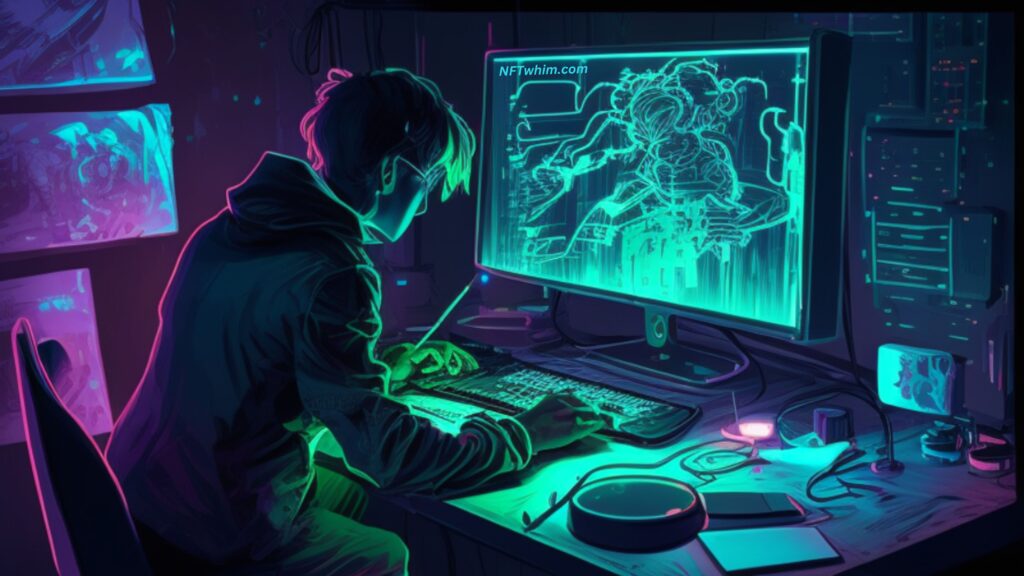
PNG
PNG, on the other hand, is a lossless format that supports transparency and is best suited for images with sharp lines and text. Unlike JPEG, PNG does not discard any image data during compression, so the image quality remains unchanged. This makes it ideal for creating high-quality NFTs, as the lossless compression ensures that the image quality is not compromised.
PNG’s support for transparency is another advantage when it comes to certain types of digital art. This feature allows the background of an image to be transparent, making it easier to integrate the image into other designs or to create layered compositions. PNG’s support for transparency also means that text and other graphic elements can be overlaid on top of the image without any visible artifacts.
PNG Disadvantages
However, there are also some potential downsides to using PNG for NFTs. One of these is the larger file size compared to JPEG. Because PNG does not compress image data, the resulting files can be significantly larger than JPEG files, which can make storage and transfer more difficult. Additionally, PNG is not as widely used in the digital art and photography world as JPEG, which means that some artists and photographers may not be as familiar with the format or have workflows in place for creating and sharing PNG files.
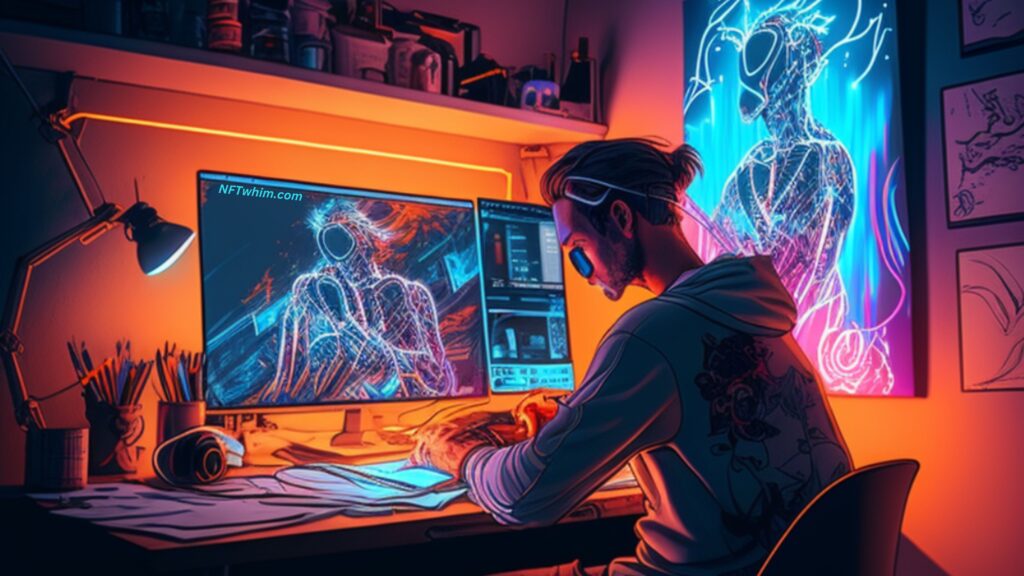
JPEG or PNG: Which is Best for NFT?
So, which format is the “right” one for NFTs? While the PNG-format is most commonly used for NFTs, and has become the go-to format, the answer to this question still depends on the specific needs of the NFT artist:
There are a number of factors to consider when choosing between JPEG and PNG for NFTs, including the type of artwork and its characteristics, storage and transfer considerations, technical aspects of the file format, and future developments in NFT technology.
One factor to consider is the type of artwork being created. If the artwork is primarily photographic in nature, with complex color gradients and no need for transparency, then JPEG may be the better choice. On the other hand, if the artwork features sharp lines and text, or requires transparency, then PNG may be the better choice. It’s also worth considering the aesthetic qualities of each format – some artists may prefer the look of JPEG’s compressed images, while others may prefer the crispness of PNG’s lossless compression.
Another consideration is storage and transfer. JPEG’s smaller file size can be an advantage when it comes to storing and transferring NFTs, as it makes it easier to work with large files. However, if image quality is a top priority, then PNG’s larger file size may be worth the extra effort. It’s also worth noting that storage and transfer considerations may change as NFT technology develops – for example, if storage and bandwidth become less of a limiting factor, then PNG’s larger file size may become less of an issue.
Technical aspects of the file format are also important to consider. JPEG’s lossy compression can result in a loss of image quality, while PNG’s lossless compression ensures that image quality is not compromised. However, this also means that PNG files can be significantly larger than JPEG files, which can be a disadvantage in certain contexts. It’s also worth considering the compatibility of each format with different software and platforms – some software may work better with JPEG, while others may prefer PNG.
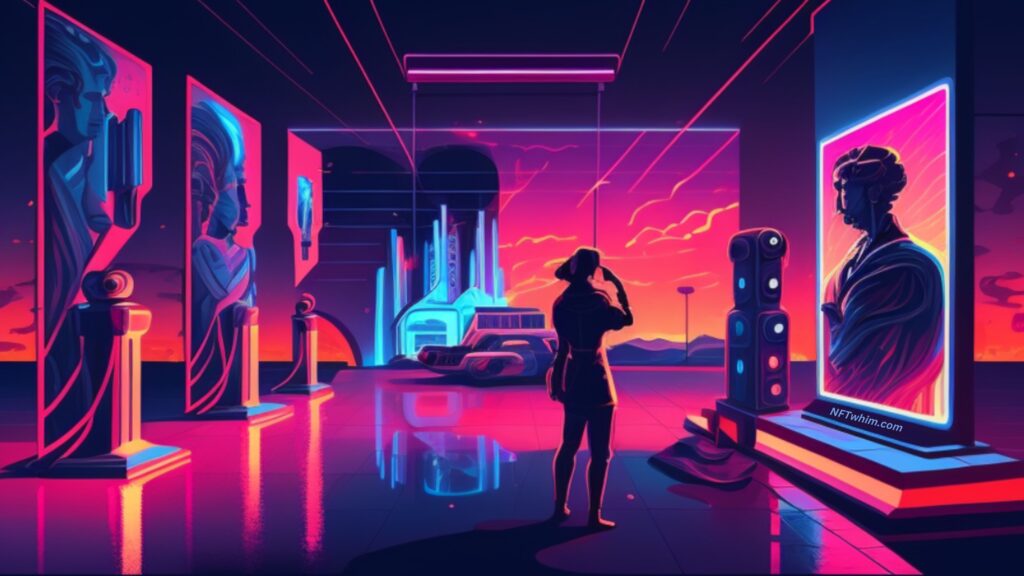
Additional NFT File Formats
While PNG and JPEG are common file formats used for NFTs, there are other formats that can also be used. Here are a few examples:
- GIF: GIFs are a popular file format for short, animated images. While GIFs are not as high-resolution as JPEG or PNG files, they can be a fun and engaging way to create NFTs that move or change over time.
- TIFF: TIFF is a high-quality image file format that is often used in professional photography and graphic design. Like PNG, TIFF files are lossless and support transparency, making them a good option for digital art that requires high image quality.
- BMP: BMP is a file format that is commonly used in Microsoft Windows applications. While BMP files are uncompressed and therefore can result in large file sizes, they are a good option for digital art that requires high resolution and color accuracy.
- SVG: SVG is a vector graphics file format that is often used for web design and animation. Unlike raster-based image formats like JPEG and PNG, SVG files are based on mathematical equations and can be scaled up or down without losing image quality. This makes SVG a good option for digital art that needs to be resized or scaled for different purposes.
It’s worth noting that not all NFT platforms and marketplaces support all file formats. Before creating an NFT, it’s important to check the requirements of the platform or marketplace where you plan to sell it, to ensure that your chosen file format is supported. Additionally, it’s important to consider the unique features and limitations of each file format when deciding which one to use for your NFT. By carefully considering all of the options available, artists and collectors can create and sell NFTs that showcase their work in the best possible way.
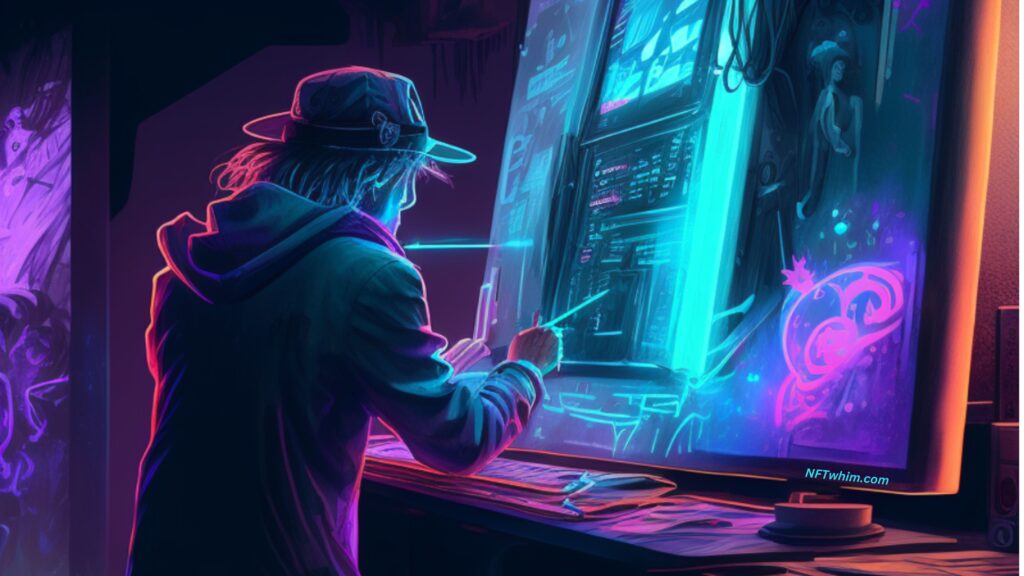
Key Takeaway
In conclusion, while PNG has become the go-to file format for NFTs, the JPEG format can be used as well. The question of whether to use JPEG or PNG ultimately depends on your specific case and the kind of art you are creating.
Both formats have their advantages and disadvantages, and the choice ultimately depends on a number of factors. When deciding between the two, it’s important to consider the type of artwork being created, storage and transfer considerations, technical aspects of the file format, and future developments in NFT technology. By weighing these factors carefully, you’ll be able to make informed decisions about which format is the best fit for your needs!
Robin
Author: Robin Olsson
Author Bio: I’m Robin and on this website, I share everything I’ve learned since getting into NFTs in 2021. I have a background in research and I’ve been in crypto for several years. You can read more about me here.
